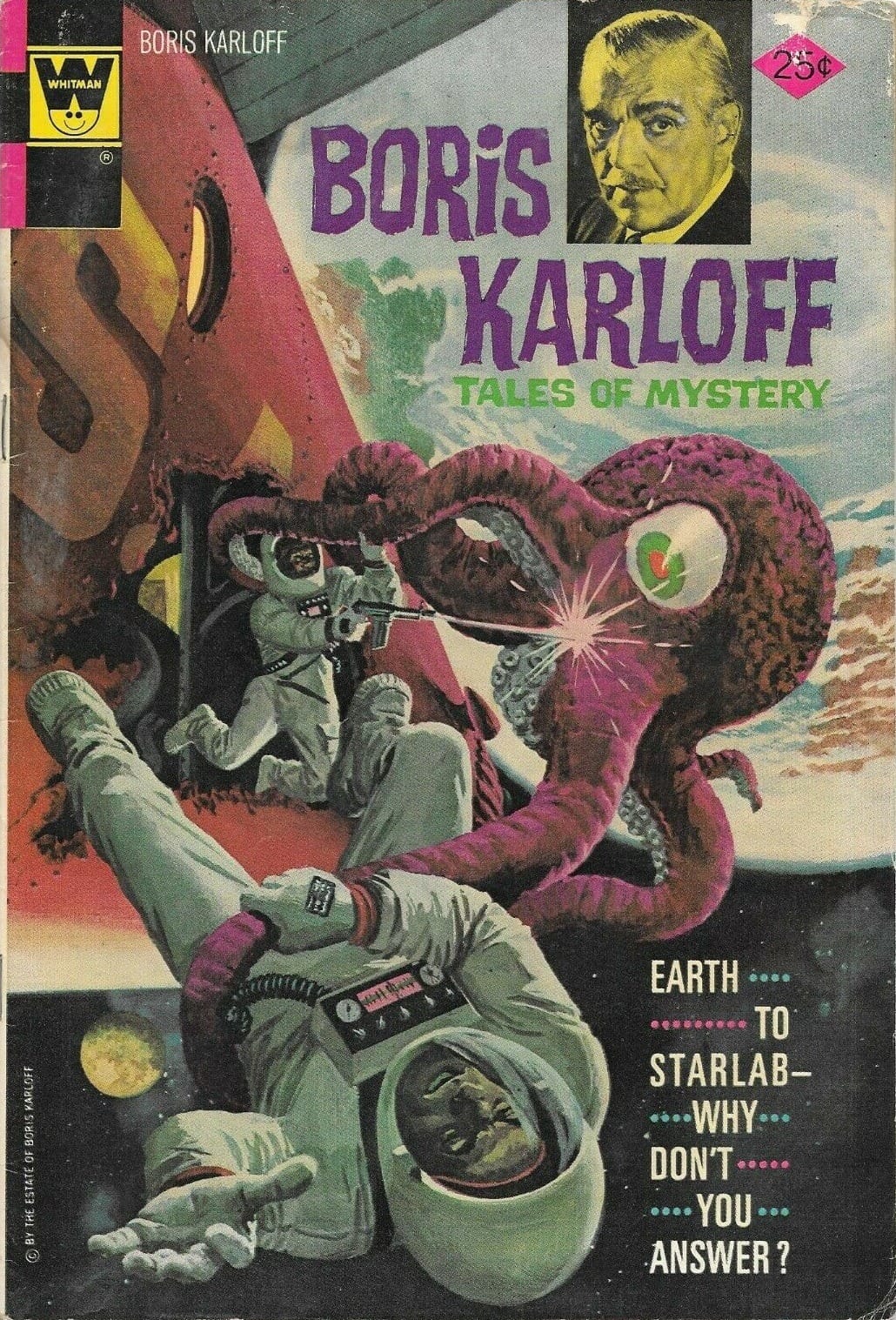Extended Edition: Sea Life out of Water
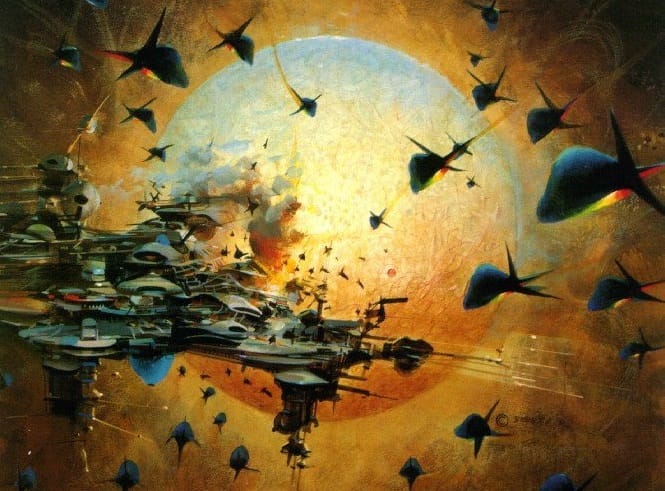
Here's the last entry that failed to make it into my art book Worlds Beyond Time. I hoped to get four images in this spread, but I couldn't get in touch with Peter Goodfellow or Una Woodruff, and the cost for licensing John Berkey was a little above average. That just left Dean Ellis, and I love his work so much that I was in danger of adding too much Ellis art to the book overall, so in the end, it was relatively easy to cut this spread.
This would have gone in my chapter on plants and animals. The topic for this entry was originally just "sea life," but my editor pointed out that all my examples were technically in unusual places, so I changed the title. I really wanted to make "fish out of water" work, but not enough to put up with everyone explaining to me that squids and whales are not fish.
Sea creatures and sci-fi have gone together since Captain Nemo faced down his first cephalopod. A giant sea animal is strange enough to stand out, without being so mysterious that a viewer doesn’t know what they’re looking at—both essential traits for a cover.
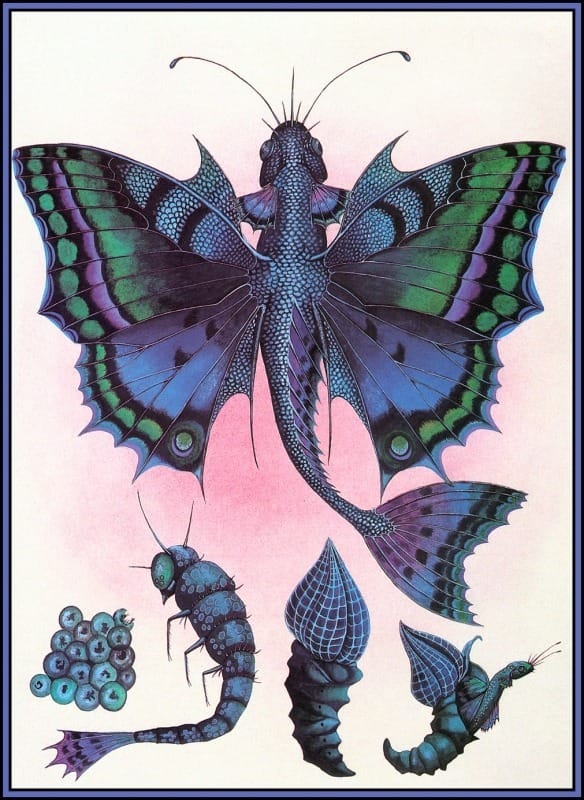
Arthur C Clarke’s Tales from the White Hart collection features quirky stories like a Hollywood sci-fi prop maker who gets too involved and creates a functioning device, or a disillusioned scientist who teaches a colony of termites how to use technology so that a more stable species can take over when humanity inevitably self-destructs. Peter Goodfellow needed an elegant way to signal what kind of wacky shenanigans to expect, so he picked the most visual option, plopping a giant squid on top of a pub. It’s a reference to a specific story about a scientist’s ill-fated attempt to control the sea creature’s brain with electric stimulation.

The entombed whale on the uncredited (but likely Dean Ellis) 1970 cover to Ian Cameron’s The Lost Ones symbolizes the hidden civilization of vikings, itself frozen in time, that is rediscovered in the book.

John Berkey’s 1982 work for Glen Cook’s space opera Stars’ End is another example of sea life invigorated by a new context. At this point in his career, Berkey had plenty of experience illustrating bass and trout for the long-running hunting and fishing magazine Sports Afield. In a way, this is the inverse of Goodfellow’s cover: The squid is a fantastic creature transplanted to a mundane world, while Berkey’s stately school of intelligent alien fish look just like a shot from a typical nature documentary transported to a fantastical alien planet.
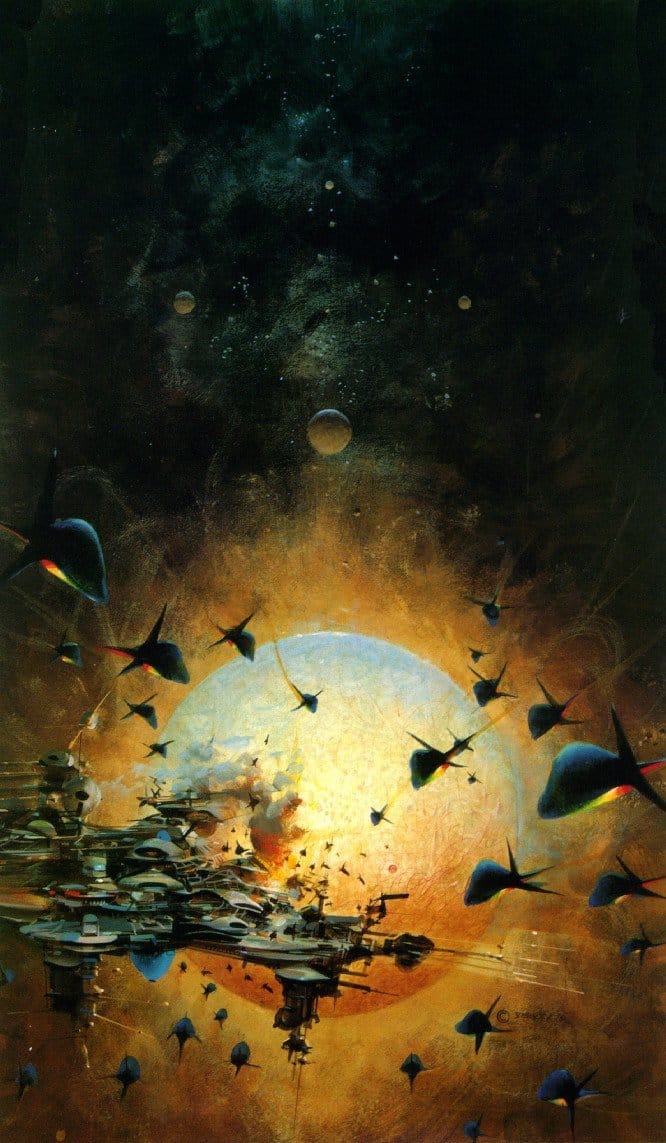
That's the end of my entry, but if you're in the mood for more sea life, that Berkey illustration was for the final installment in a trilogy, and his other covers for it are pretty great, too. Just one of them has space fish on it, though.
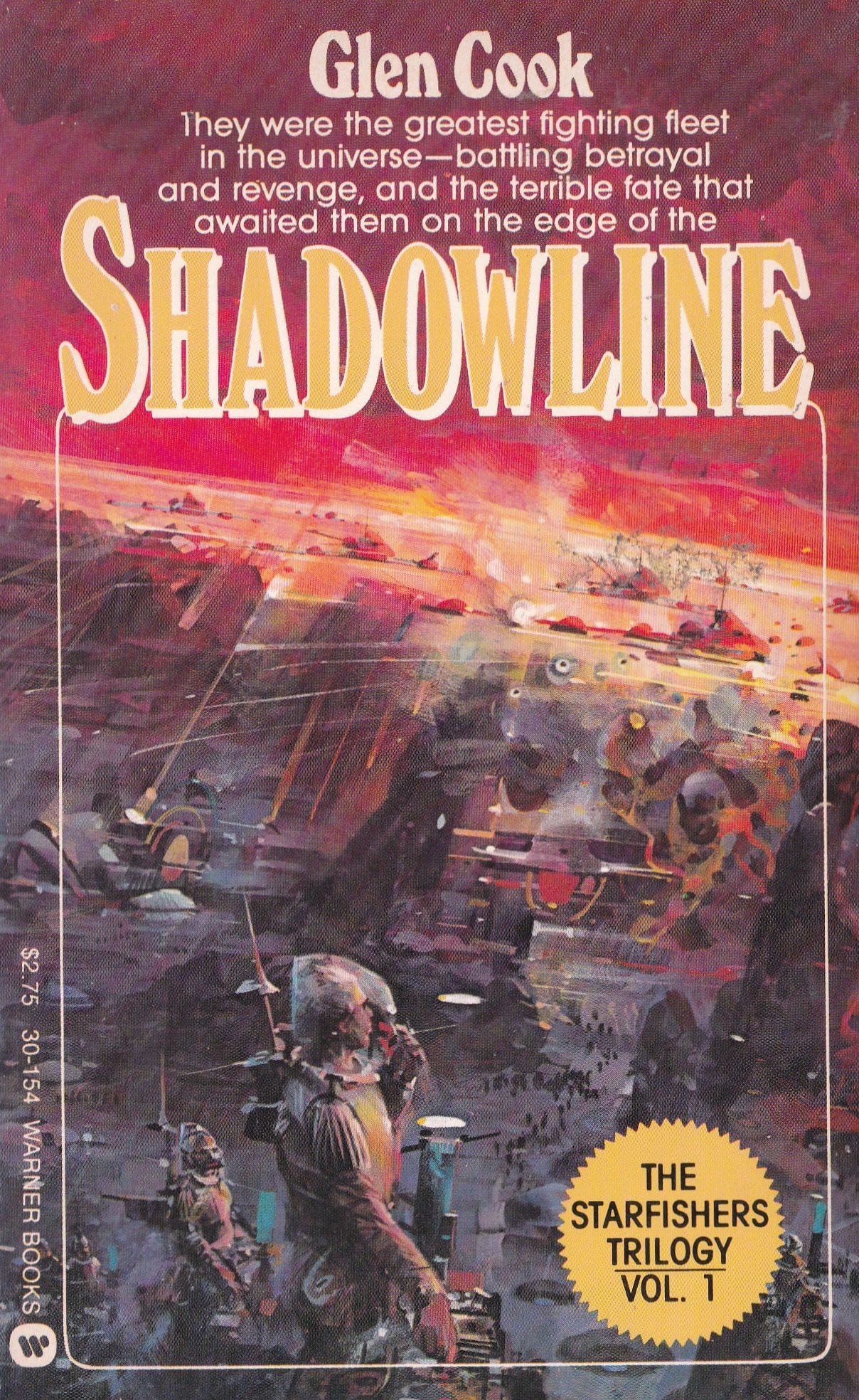
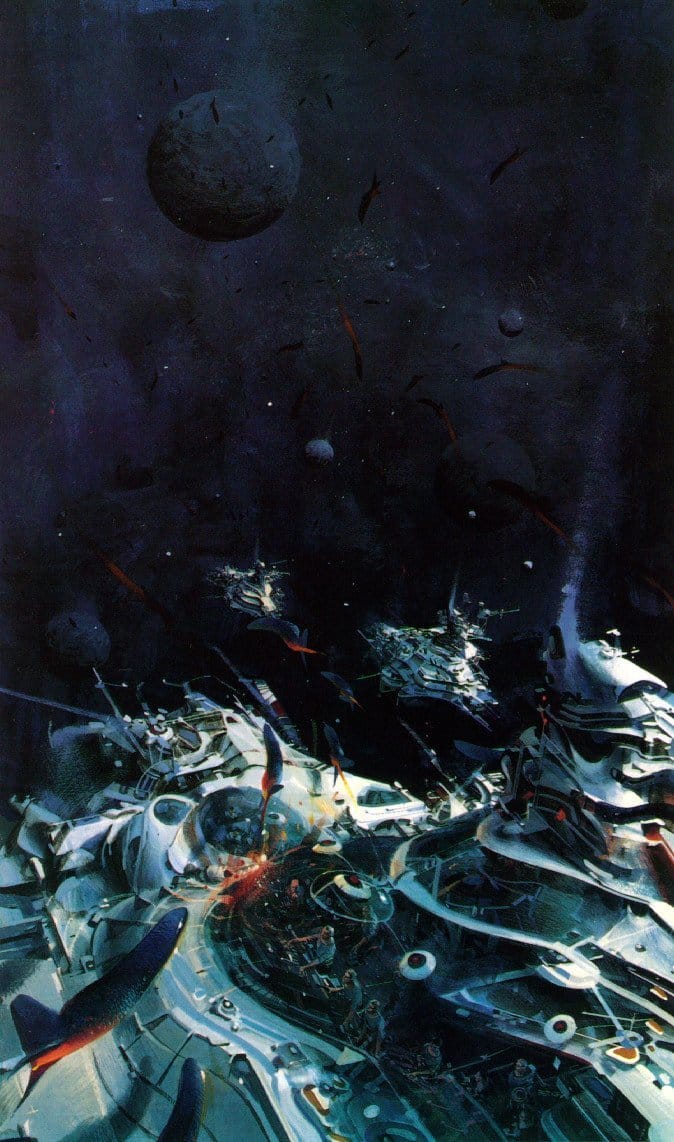
Finally, there are a whole lot of space octopus illustrations, partially because drawing a creature that's mostly just a mass of tentacles works for space aliens and eldritch horror gods just as a well as for sea creatures.
Here, decide for yourself if any of these were worthy of including on a spread about sea creatures:
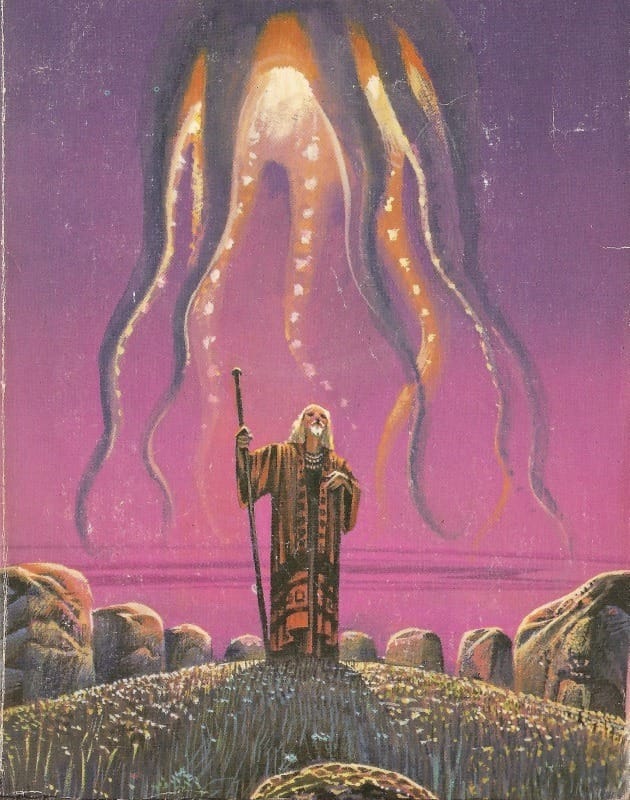
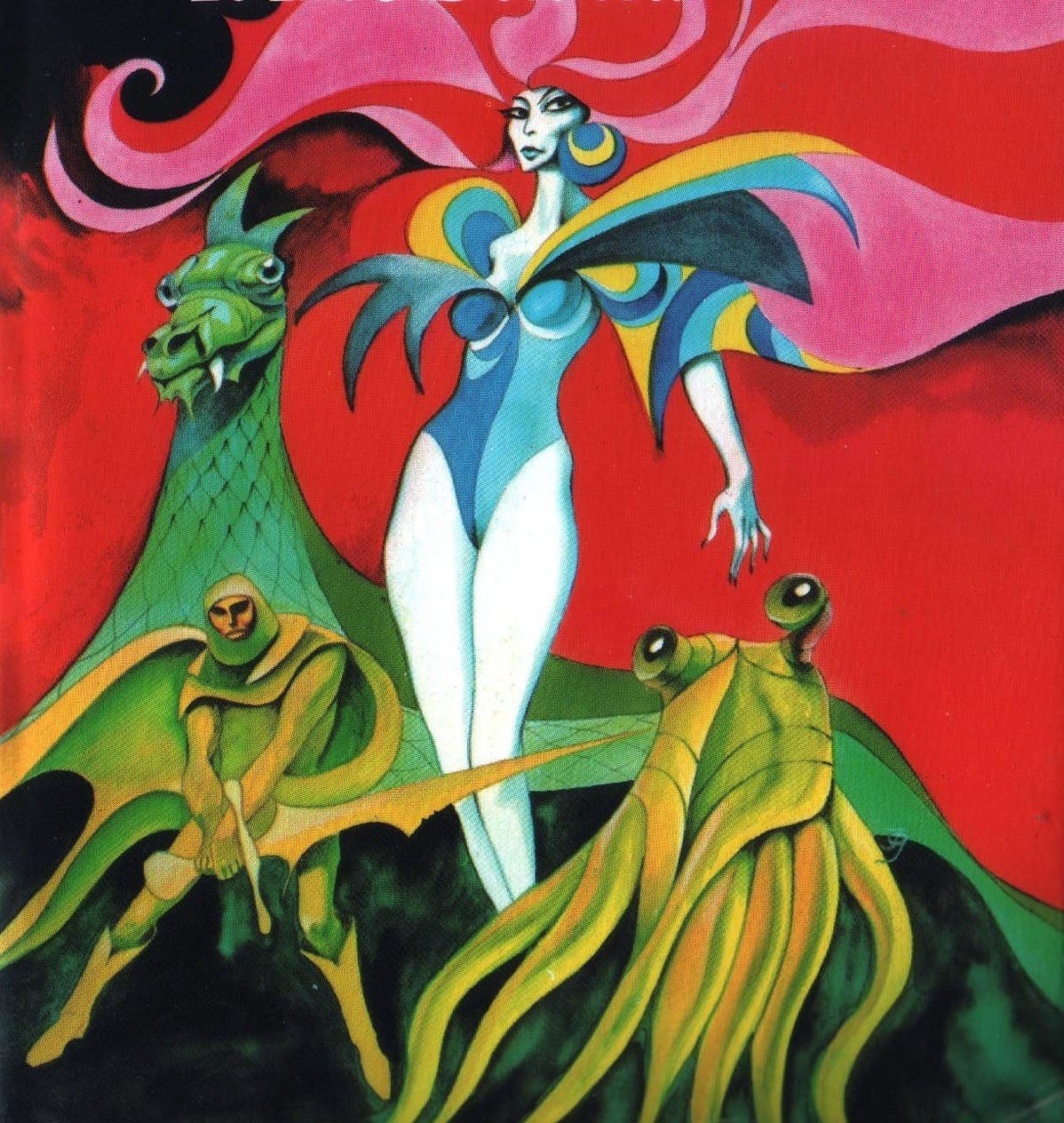


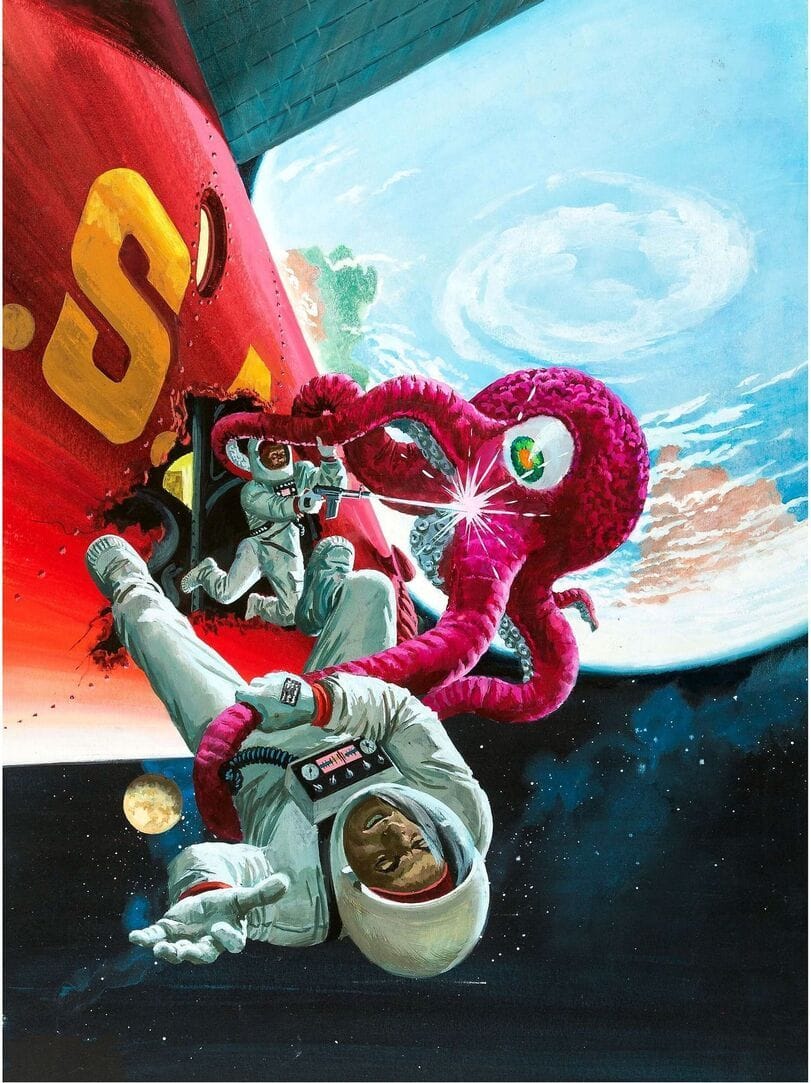
I actually like that last image best as part of the cover itself, mostly because of the delightfully haunting blurb at the bottom right-hand side as Earth tries to get through to Starlab:
